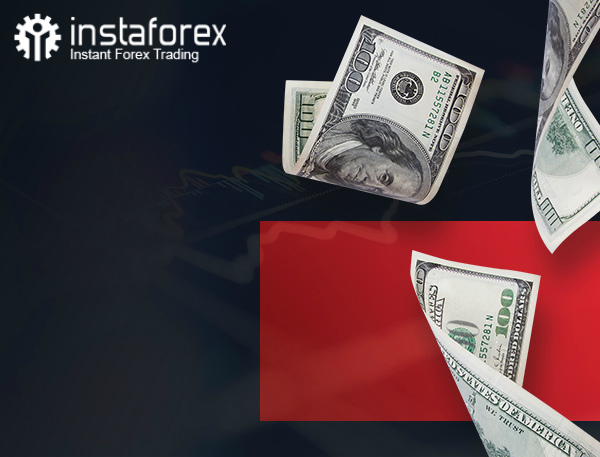Every trader chooses the most convenient method of trading. The type of Forex trading a trader uses depends on his first-hand experience in money management and the significance of money in his life. There are a lot of strategies of trading on Forex.
Some traders employ fundamental or technical analysis, some trade currencies using intuition.
Here is the information about the most widespread methods and styles of trading:
Scalping. Scalping is a trading strategy that may bring large profit on small price changes. Using this method, a trader buys or sells a financial instrument several times a day, thus having a small profit. The method is not based on profit made by chance. At the same time the possibility of a loss is lower. In this regard this strategy is safe. mac
Using scalping, traders increase profit on small price fluctuations and trade analysing 1-, 5-minute, and daily charts with positions lasting for several minutes and with rather low profit per a trade. This method does not allow traders to move open positions to the next day.
Impulse trading strategy. Impulse trading strategy is based on the idea that increasing trading instrument continues rising, while a decreasing one continues falling. In order to trade impulses, a trader has to have analytical skills.
The main principle of impulse trading strategy is when a trader neither buys finanical instrument at the lowest price nor buys at the highest price. If a trader had not bought a currency when it started rising, it means he loses the opportunity to buy it at its lowest boarder of its price. And vice versa, if a trader had not sold currency until he did not see it started its decreasing movement, it means he lost the opportunity to sell it at the upper boundary of its value.
In order to catch in time the upper or lower boundary of the price, a trader should use the major dynamic indicators, which collect the information about the absolute change of the closing price of a financial instrument for a particular period of time.
When a trader is convinced that he has precisely defined a strong movement of the currency market, he opens a deal.
However, impulse trading strategy is rather risky. It suits “aggressive” traders, who understand the way the market functions and peculiarities of this system.
Trading based on the technical analysis. Trading based on the technical analysis can be connected with all the trading instruments and is aimed at making profit speedily. The “technical” traders analyze the charts, price movements, and patterns in the past and, on the basis of recieved information, forecast the future currency rates movements. They can keep a large position opened during long period.
Technical analysis includes study of price range and trading volumes in order to define such pattern as Head and Shoulders, etc. Other indicators include support and resistance levels, moving average, etc.
The major drawbacks of the method are a great dependancy on behaviour of the trading instrument in the past and a great number of indicators.
Trading based on fundamental analysis. The major distinctive feature of the fundamental analysis from technical one is that fundamental analysis is based on the idea that prices on Forex reflect supply, which depends on fundamental characteristics of economy. Trading based on fundamental analysis does not suit trading in the short term. The main purpose of the fundamental analysis is predicting of medium- and long-term events on Forex. Fundamental analysis refers to such indicators as trade balance, current account, capital account balance, balance of payments, GDP, volume and dynamics of government spendings, deficit/proficit of a country's budget, etc.
Spread trading. Spread trading method consists of a long position on one financial instrument and a short position on the other, which are closely connected to each other. Spread trading strategy is based on the fact that buy and sell operations on two different financial instruments use actively correlation between them. Spread trading is rather time-consuming. Often this method is used for commodity futures trading.
Arbitrage currency trading. Arbitrage currency trading is also called a risk-free trading strategy. This type of trading involves buying and selling different currency pairs to exploit any inefficiency of pricing. The terms of contract for arbitrage deals do not provide the delivery of the whole sum of the operation. Settlements are made in terms of positive or negative spread of these trades. Often arbitrage strategy is excercised by large institutional companies with multimillion assets.










